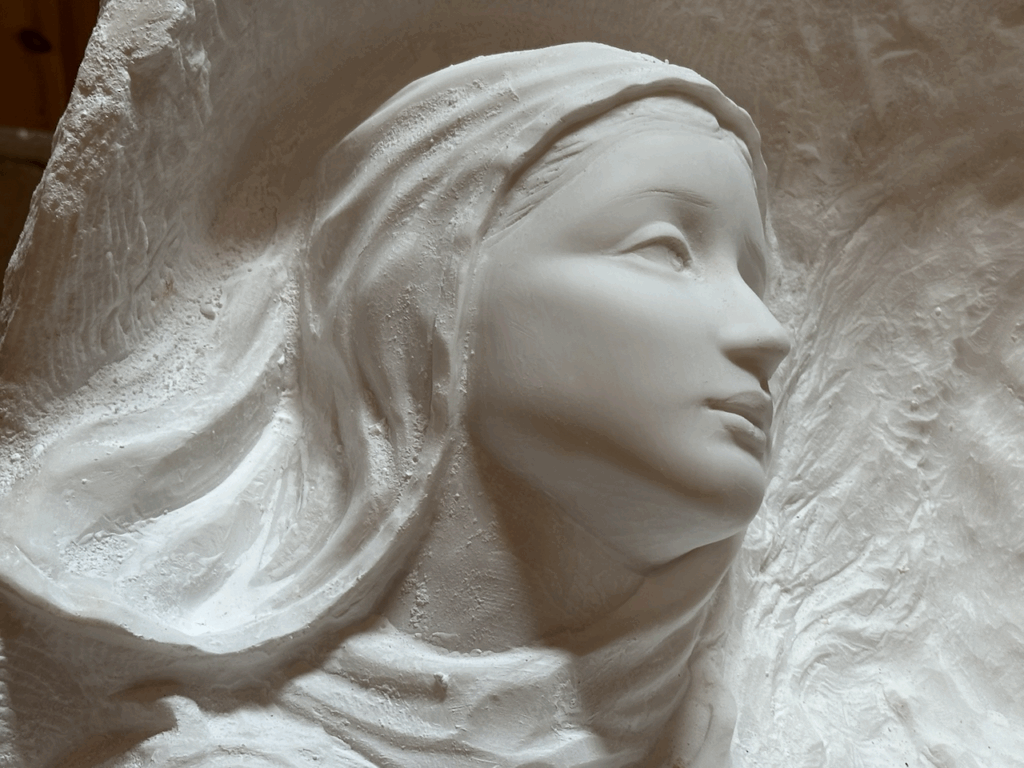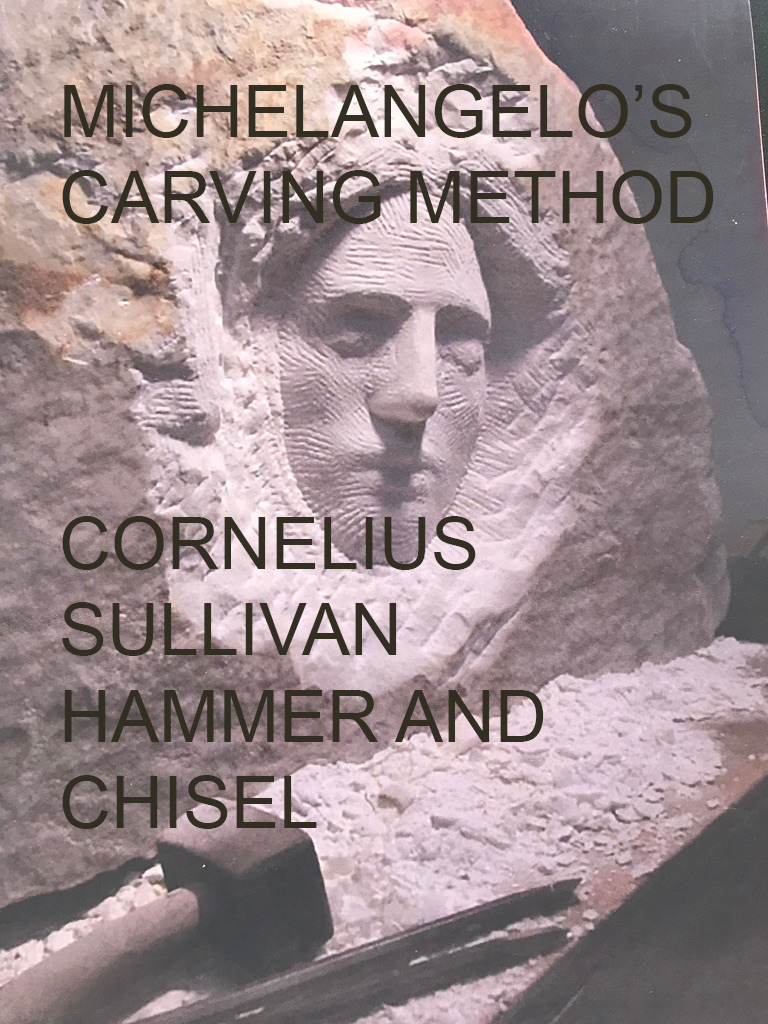CORNELIUSSULLIVAN.COM
CORNELIUS EDMUND SULLIVAN

New Michelangelo Book-

Art- https://www.instagram.com/corneliussullivan90/
Lectures and Articles- https://avemaria.academia.edu/CorneliusSullivan

Pieta and Sculptor’s Daughter Rachel.

Cape Ann Museum mailer-Portrait of Poet Charles Olsen etching.

Sacred Art and Modernism, Form Separated from Content

Angel of the Mountain, Carrara marble, 2011, Private Collection Kennebunkport, ME.
BIOGRAPHY
Cornelius Edmund Sullivan MFA has taught Drawing at the Harvard University Graduate School of Design, and Drawing and Sculpture at The University of Miami, Painting at The University of Miami School of Architecture, Drawing and Etching at the Danforth Museum, and Art History at Florida International University. He studied Physics at Boston College and completed a Bachelor of Fine Arts from Rhode Island School of Design in 1991 and a Master of Fine Arts from The University of Miami in 1996.
For many years he was an Artist in Residence for the City of Cambridge, MA School Department. At the same time he served as the elected Artist’s Representative to The Board of Directors of The Boston Center for the Arts and was a Master Etching Printer at Impressions Workshop Atelier in Boston. His works are in many private collections, churches, and in universities and museums.
He has been a lecturer and consultant in Rome beginning in 2007 for ContextRome.com leading the “Caravaggio Seminar”, and tours of the Vatican Museum and Saint Peter’s Basilica, and “Galleria Borghese”. He is a journalist and art critic for The Italian Insider Newspaper and Inside the Vatican Magazine based in Rome and for The Saint Austin Review Magazine, South Bend, Indiana.
Mr. Sullivan was invited in September to attend a Conference for Foreign Journalists at the Vatican hosted by Sant Croce Pontifical University and was issued a Journalist’s Vatican Press Pass for the Conclave of 2013.
He was a Visiting Lecturer at Ave Maria University, Ave Maria Florida, on Renaissance Art, and co -taught a class on Theology and Art with Theologian Michael Waldstein, Max Seckler Professor of Theology.
contact CorneliusSullivan1@gmail.com
Michelangelo Carving Marble Book Introduction
Introduction
My discussion of Michelangelo’s carving methods is idiosyncratic because my interest in understanding how he carved was driven by my desire to carve marble myself.
The “The nonfinito” refers to the fact that Michelangelo left many marble sculptures unfinished. For me the tool marks that are apparent on the surface of the sculptures were lessons about the tools used to create the shapes of the marble.
I picked up a marble boulder from the side of the road close to Vermont marble company. I tried to carve it with a screw driver and a hammer. I was on my own in the Green Mountains and I had no teacher, so Michelangelo was my only teacher as I studied his unfinished carvings.
Academics have written extensively about the non finito. Invariably they look for reasonable explanations of why so many of his works were left unfinished. Conventional wisdom established that he was pushed and pulled this way and that by princes and popes.
An alternative idea was presented by William Wallace, Professor of Art History at Washington University in St. Louis, that the unfinished works are in fact evidence of the existence of a character trait of the sculptor himself rather than that he was controlled by others. Wallace said that Michelangelo knew who he was in the grand sense, an understanding of where he would end up in the history of art. So, if there was a better job he went there and left some things undone.
Still remaining is the question of which carvings the master intended to finish and which ones he made an aesthetic judgement that they remained better with out a finish of a high polish all over.
Every inch of His Rome Pieta and his Florentine David have a high polish allover.
The large round relief carvings, the two tondos though technically unfinished appear complete and the tool marks enhance the reading of the forms
Michelangelo called his 8 feet tall Captives “nonfinito” they were intended for the grand tomb of pope Julius II and he probably intended to complete them. In many of his sculptures the evidence of the block that contained the figures is evident.
all content copyright Cornelius Edmund Sullivan 2025
